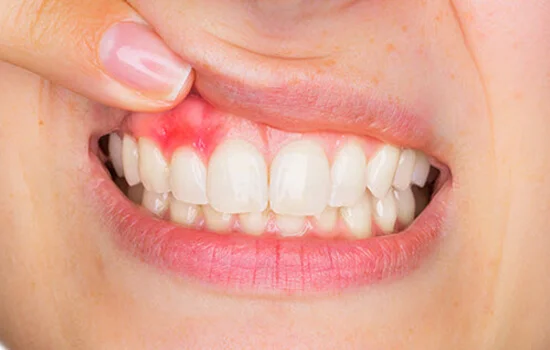
Gum treatment, or periodontal treatment, is aimed at preventing, diagnosing, and treating gum disease, also known as periodontal disease. It involves various dental procedures and interventions to restore gum health and prevent the progression of gum disease, which can lead to tooth loss and systemic health issues if left untreated.
Symptoms of gum disease can vary depending on the severity of the condition but may include:
Gum treatment involves various procedures and interventions to manage gum disease and restore gum health. Common treatments may include:
Effective gum treatment requires a comprehensive approach that addresses the underlying causes of gum disease and promotes gum healing and regeneration. Patients with symptoms of gum disease should seek prompt evaluation and treatment from a qualified dentist or periodontist to prevent further progression of the disease and maintain optimal gum health. Regular dental check-ups and professional cleanings are essential for early detection and management of gum disease, ensuring long-term oral health and wellness.
© 2024. All Rights Reserved. Dr.K.Pal’s Diagnostic centre and dental clinic